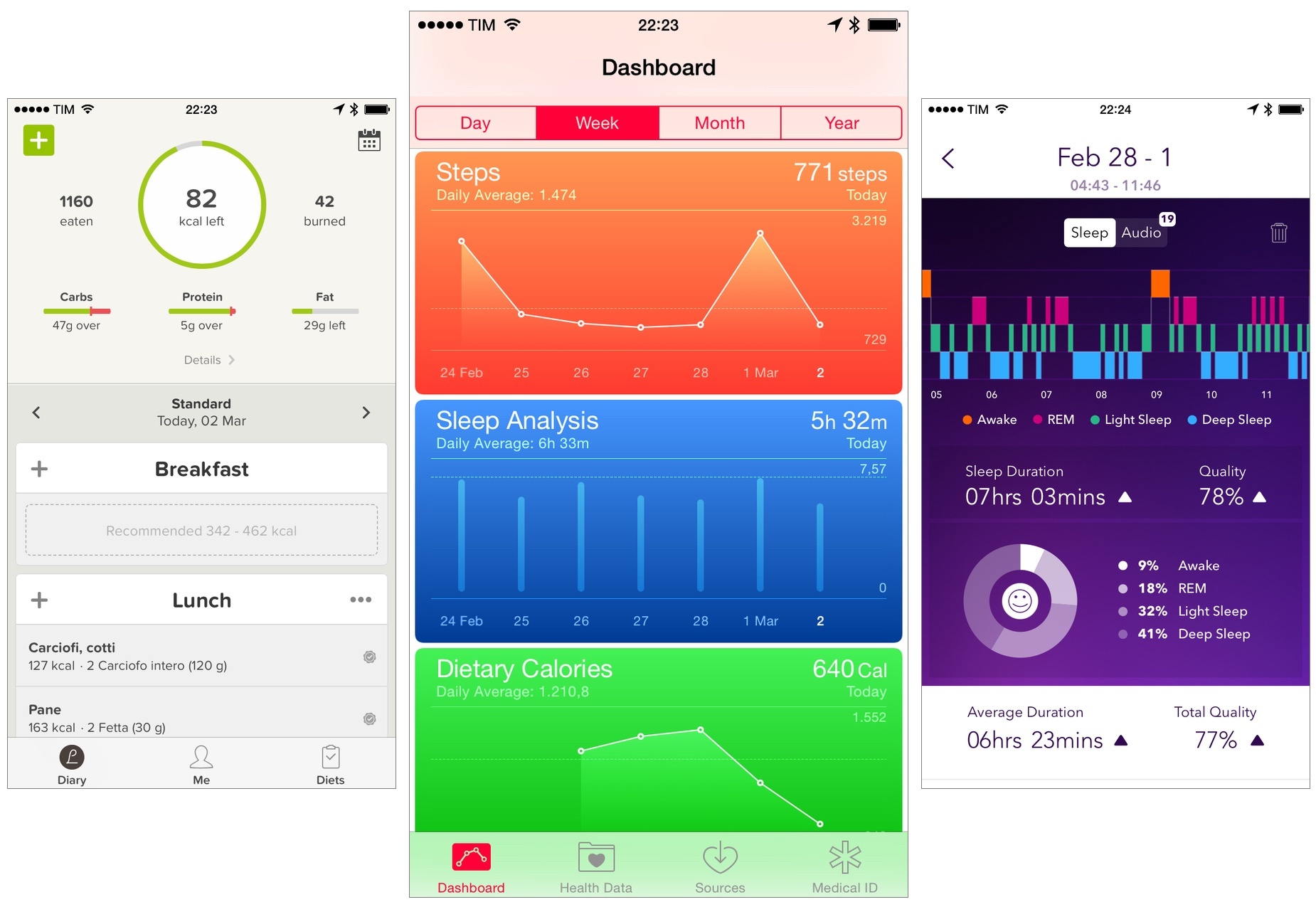We’re always trying to think of new and interesting stories to publish on MacStories, and often times they’re articles that are a complete experiment that we honestly don’t know how they’ll turn out – this is one of those articles.
Earlier this year I published an article that was essentially just a list of indie iOS/Mac developers and we got a great reaction to it (and we promise an update is coming). Inspired by the developers featured in that article, I asked a handful of them to write a journal of what they do in a week of development, and for some crazy reason, they agreed to contribute. Those generous developers are (in no particular order) Oisin and Padraig from Supertop, David Smith, Philip Simpson from Shifty Jelly, Greg Pierce from Agile Tortoise, and Junjie from Clean Shaven Apps.
I asked each of the developers to keep track of the work they did in the week of Sunday 22 February to Saturday 28 February. But I wasn’t specific in the format, other than to say I wanted something along the lines of a journal crossed with a time sheet. That was partly because I really didn’t know what would work well, but also because I wanted to be flexible and let the developers just write what they thought was appropriate. I had no idea what to expect, and was a bit nervous that the whole thing might fall apart because I hadn’t been specific enough about what I was looking for.
Fortunately, the result is fascinating, I found myself not only entertained but educated as I read through each of their journals. You’ll find that each journal is quite vastly different, not just in their writing style but also how they work as an indie developer. I know it’s a long read (certainly longer than I had anticipated), but stick with it – there are some great surprises throughout.




